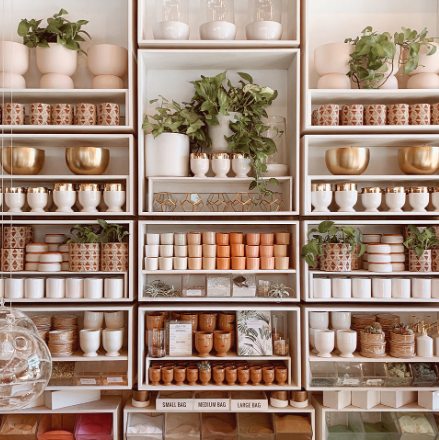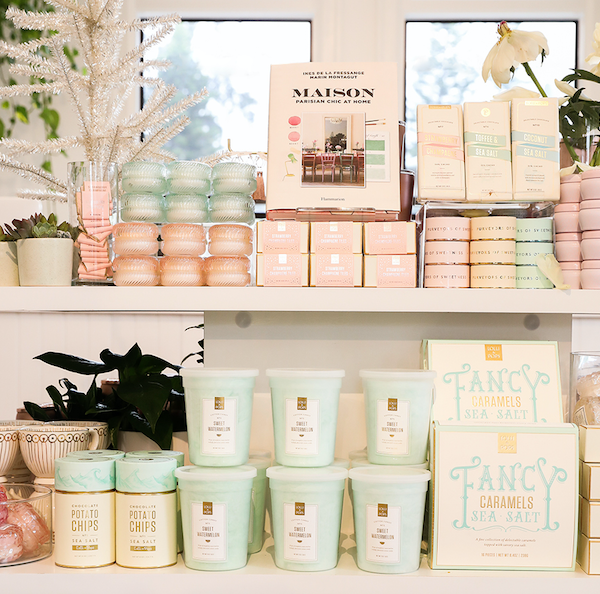Just about a month ago, we held a our very first Tillandsia Trunk Show, and in case you missed it here is a recap of what we hope to have more of in the year to come!
Sharing the amazing beauty of these curious plants was just part of the inspiration for the exhibit, it was also an opportunity to learn more about them.
Here are just a few fun facts about Tillandsia care and keeping one in your home:
- Tillandsias have the unique ability of absorbing water through their leaves, allowing them to sit free-standing of soil or planters! Be it nested book-side on a shelf, or clinging to a piece of weathered driftwood; displaying air plants is fun and super easy. When watering your Tillandsias, mist the leaves and center of the plant (not the base) with a spray bottle. The amount of water will vary depending on humidity. In drier climates, like our own here in San Diego, we recommend 3-4 times a week.
- You can tell if your Tillandsia is happy and healthy when it's leaves are growing up and out. Brown at the edges and curling, the plant isn’t getting enough water (careful, too much water can cause them to rot).
- In nature, Tillandsias grow under the shade of trees. They prefer dappled light as opposed to direct sunlight. A covered porch, patio, or a shelf near a window are ideal locations for your air plant.
- If your Tillandsia has a mini version of itself growing from it's base, that is a baby air plant! After a few months, you can either leave it attached to start a Tillandsia "clump," or carefully separate them to start growing another specimen.
What are those things that look like roots?
Those little tendrils allow Tillandsias to anchor themselves to trees or rocks. Unlike most roots, they don't take up nutrients and the plant is not harmed by having them cut off.
Large Xerographica
One of our favorites here at the shop. At 18" wide, one specimen in the trunk show was the largest the store has ever seen. We were blown away! They were absolutely stunning. That said, Xerographica can actually grow up to three feet in diameter and three feet tall when blooming (can you imagine)! They're slow growers and their health hinges on good air circulation and proper watering.
Look for more events to come in Spring! Happy planting!
photos by Pigment owner Amy Paul








